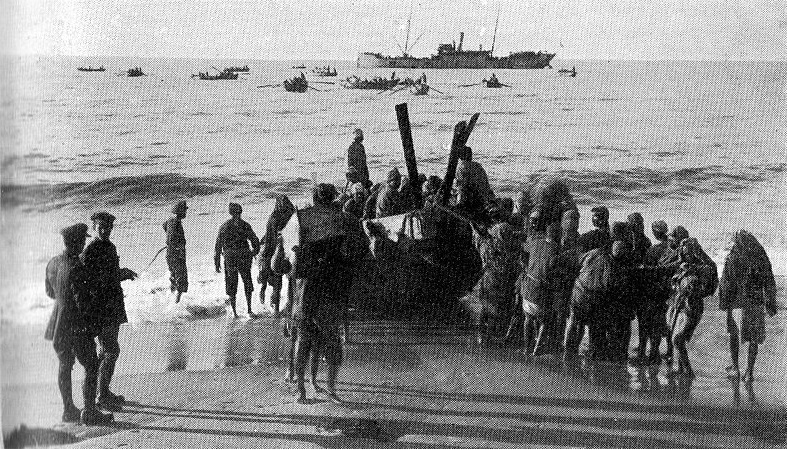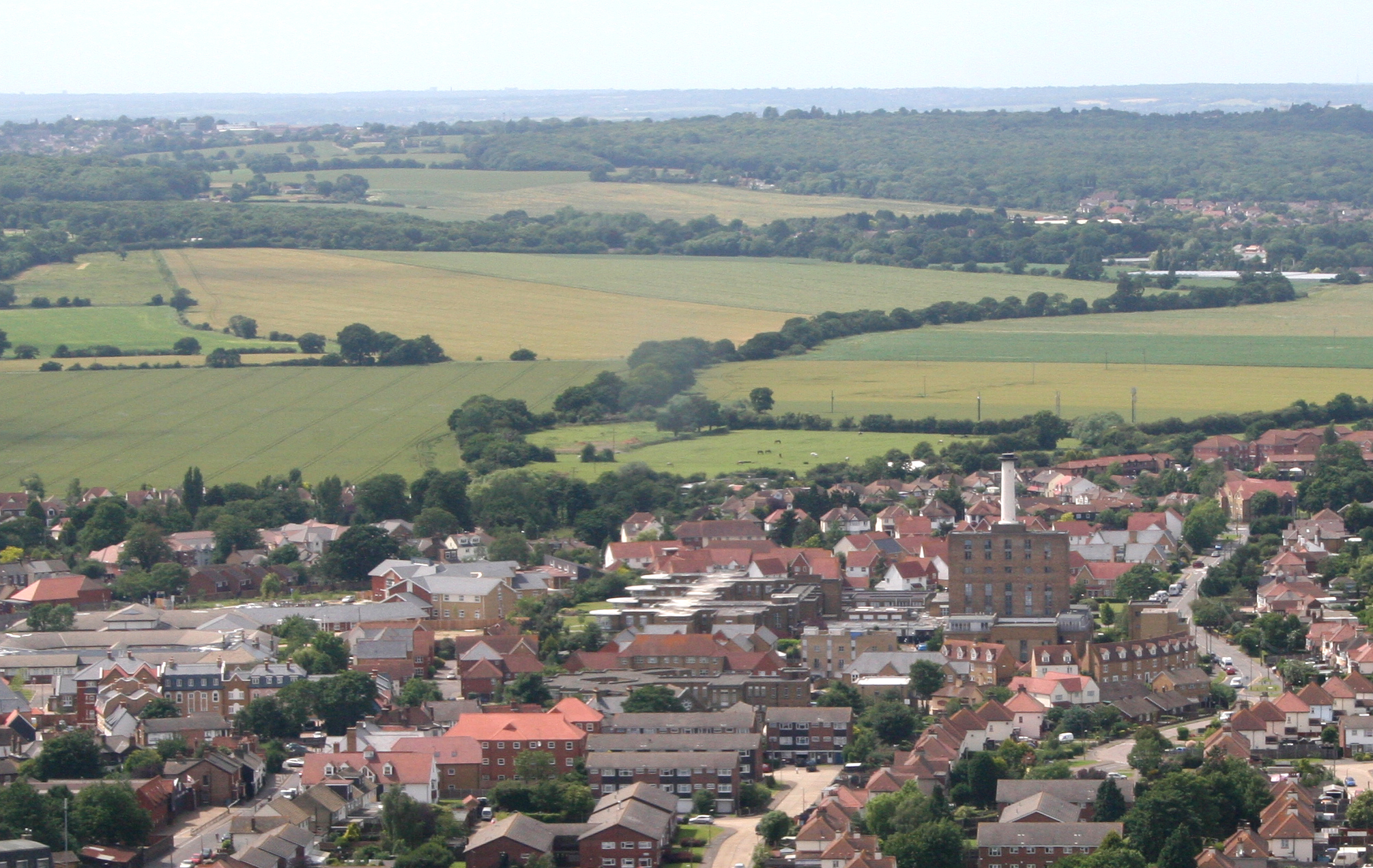
| |
On Monday I did the unthinkable. I accidentally left my laptop at work, so in the evening I had only my phone for genealogy. Today's smartphones are amazing, and you can download wonderful genealogy apps, but, in both screen size and flexibility, they are still inferior to a laptop. But I had to make do, so I opened up the FamilySearch app and began scrolling through my "Ancestors with Tasks" list, looking for relatives I know readily enough to easily determine if a source applies. (And, might I add, it drives my pedantic side nuts that the app calls them all "Ancestors" when most of them aren't ancestors at all, but collateral lines?)
The first few tasks I went through weren't memorable. Finally I clicked on Barney Robbinnult, my 3great-grandfather. The possible record match that popped up was a marriage license naming him as the father, and my 3great-grandmother Julia Kimmey as the mother, of the bride. The marriage took place in California in 1916, and the bride was Mattie Craig.
My 2great-grandmother was Martha (Robinault) Craig, sometimes called Mattie. Up until the moment the significance of this marriage record dawned on me, I knew only what was written in one of the articles on her first husband's, my 2great-grandfather's, murder: "For about two years [John Stephen Craig] had been separated from his wife, who is now said to be remarried and living in California." But California is a big place, Martha Craig is a common name, and I had no idea what her married name might be.
 |
| Marriage record, trimmed from the original at FamilySearch |
And here was the record that would solve that mystery. She married a man named Paul Ruther. He was a painter, born in Germany, and his parents were named, too. The date was before John Craig's murder, and both parties selected "Divorced" as their marital status. That meant that somewhere there has to be a divorce record for the Craigs. But where? In California, Nebraska, or somewhere in between? My initial survey for records of that period being unsatisfactory, it occurred to me that divorces at the time often appeared in newspapers.
I knew that just searching for "John Craig" at Chronicling America would yield little; many times I had tried unsuccessfully to find his murder that way. Looking for a divorce record, the logical search terms would be "Craig divorce," so I set the search parameters to Nebraska and tried that, but found nothing of interest. I remembered having tried "Martha Craig" in the past, so I tried her nickname "Mattie Craig." Apart from being reminded that there was another Martha/Mattie Craig in Omaha at the time, apparently highly respectable and working as a schoolteacher, there was nothing of interest again. I racked my brain, thinking what would have appeared in a divorce notice in the 1910s. Unless the parties were prominent (as mine were most certainly not) or the divorce had some other special interest to the public, the notices were usually quite succinct. Just names and addresses.
So I tried their address: "Tenth and Paul." And there was the jackpot. Many of the articles that the OCR had failed to recognize as "John Craig" or "Martha Craig" or "Mattie Craig" suddenly began to appear. Their divorce has still failed to materialize, but something else did show up. The headline in the Omaha Daily Bee read "Had a Premonition He Would Be Killed," and I knew immediately what the article would be about. Here was one of the long-sought-after articles on John Craig's murder.
The article duplicated much of the information that is contained in the first article of the Omaha World Herald, which I transcribed on a former post, "A Murder in the Family." But there were a few differences. For one, this newspaper dubbed him with the nickname of "hermit expressman." Although the idea that he was an expressman who was a hermit was not new, using it as a nickname was. Secondly, this paper identified the neighbor who had last seen him alive by name. This article was also much more definite on the information about his wife having divorced him and remarried. It stated as a fact that "[h]e was divorced from his wife, who remarried and is now in California." However, the article also gave the wrong name for his son Matthew, calling him Martin instead.
A few more articles on the subject appeared in the Daily Bee for the next several days, although not a single one of them comes up in the results when searching for "John Craig." The second article in the series, "Police Believe Craig Murdered," which was published the following day, made the interesting observation that
For years John Craig conducted a little grocery store near his home, Tenth and Paul streets. He was never known to have given customers credit on purchases and is said to have made many enemies as a result. It is thought that perhaps one of these persons may have committed the deed.
This is the first I have heard of the idea that one of his customers killed him. It is also the only article I have seen that elaborates on what kind of store he ran. Knowing that he was an expressman, I had imagined his store to be more on the lines of stationery or carriage riggings. Seeing that it was a grocery store took me by surprise.
The newspaper search for "Tenth and Paul" also revealed some more color to add to the already colorful characters in the Craig family. From the articles I had already amassed from the World Herald, it was well established that they did not get along smoothly with their neighbors. The Daily Bee cemented that impression, and managed to top everything with my own 2great-grandmother, at the late date of 1906, accusing her neighbor of being a witch!
Since my search was for the location, not names, there were also many results that had nothing to do with my ancestors, but with the neighborhood in which they lived. It seems to have been an area with frequent police intervention, and one 1911 article explicitly said, "The neighborhood is regarded as a tough one by the police."
I began to be curious to see the layout of the neighborhood. The various articles had made it clear that it was near the railroad tracks, and some of the businesses mentioned made it sound like an industrial area. The Library of Congress website has a nice collection of Sanborn maps available to view for free, so I narrowed down the collection to those of Omaha, and then began scanning through them for the neighborhood. Although I have not mentioned it yet in this post, the Craigs' address was variously given as "Tenth" or "Eleventh" and "Paul" or "Nicholas," so I figured that they must have lived within in a block defined by those four streets.
 |
| Excerpt from 1901 Sanborn map of Omaha, showing intersection of Eleventh and Nicholas. |
Only two of the maps of Omaha contained that part of town, and the one dated nearest the time of John Craig's murder was published some 16 years earlier, in 1901. But there is one thing very baffling about both these maps. It is easy to see that Nicholas and Paul streets do parallel one another, and are one block apart. Likewise, Tenth and Eleventh; and they are perpendicular to Nicholas and Paul, as expected. The intersection of Nicholas and Eleventh is easy to find. But Paul street seems to fade away before it can cross Tenth! Yet multiple newspaper articles, not only in 1917, but also at the time this map was published, refer to the intersection of Tenth and Paul.
So there we have it. My Craig ancestors lived at a nonexistent street intersection. Although some of their mysteries are slowly unraveling, they only give rise to new mysteries. I guess they know how to keep a person intrigued.
Sources:
Los Angeles, California, "California, County Marriages, 1850-1952", Licenses & certificates v. 261-264 1916: 130 (image 859 of 1443), Ruther-Craig, 12 Sept 1916; digital images, Church of Jesus Christ of Latter-Day Saints, FamilySearch (www.familysearch.org : accessed 20 May 2019).
"Craig is Found Dead; How Killed Mystery," Omaha World Herald, 22 Feb 1917, p. 1; digital images, GenealogyBank (www.genealogybank.com).
"Had a Premonition He Would Be Killed," Omaha Daily Bee, 23 Feb 1917, p. 7, col. 4; digital images, Chronicling America (https://chroniclingamerica.loc.gov : accessed 21 May 2019), Historic American Newspapers.
"Police Believe Craig Murdered," Omaha Daily Bee, 24 Feb 1917, p. 11, col. 3-4; digital images, Chronicling America (https://chroniclingamerica.loc.gov : accessed 21 May 2019), Historic American Newspapers.
"No Light Shed on Death Of John Craig at Inquest," Omaha Daily Bee, 26 Feb 1917, p. 5, col. 4; digital images, Chronicling America (https://chroniclingamerica.loc.gov : accessed 21 May 2019), Historic American Newspapers.
"Manzer is Seriously Cut," Omaha daily bee, 16 July 1911, p. 5, col. 2; digital images, Chronicling America (https://chroniclingamerica.loc.gov : accessed 21 May 2019), Historic American Newspapers.
Sanborn Fire Insurance Map from Omaha, Douglas And Sarpy County, Nebraska. Sanborn Map Company, Vol. 2, 1901. Map.









